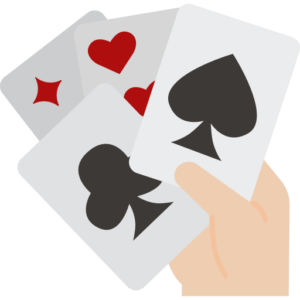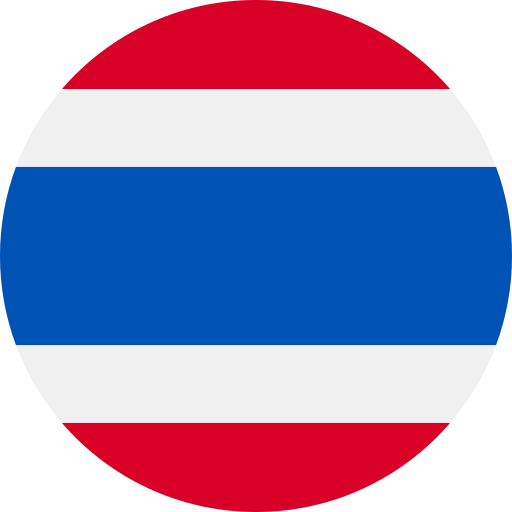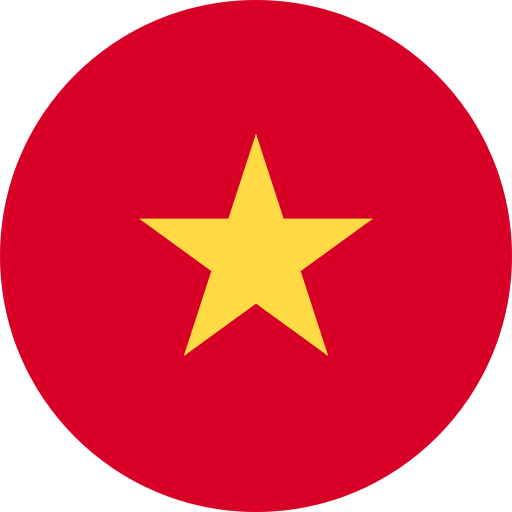Glossary Term
Equity
Equity
Used In: Poker
Introduction
In poker, equity refers to the percentage of the pot a player can expect to win based on the current hand and board situation. It takes into account your hand strength relative to your opponent’s range and the likelihood of hitting your outs. Essentially, equity is a measure of how valuable your hand is at any given moment in the game, providing you with insight into whether it’s worth investing more chips into the pot.
Equity is not static—it changes as the board develops and new cards are dealt. For example, if you have a flush draw on the flop, your equity will increase if the turn or river completes your flush. Understanding how to calculate equity helps you assess the potential risk and reward of your decisions, allowing you to make more informed bets, calls, or folds. Knowing when you’re ahead or behind relative to your opponent’s range is crucial for optimizing your strategy over the long term.
Poker equity is often compared to pot odds, which help you determine if a call is profitable based on the amount of money in the pot compared to the size of the bet. By weighing your hand’s equity against the pot odds, you can decide whether it’s worth continuing or folding. Skilled players use this concept to avoid losing money on bad calls and maximize winnings when they have a strong advantage.
- Equity measures the expected percentage of the pot a hand is likely to win based on the current situation.
- It changes with each street, adjusting as the board and potential hands evolve.
- Comparing your hand’s equity to the pot odds helps determine the profitability of your bets and calls.
In Depth Look
Equity in poker is a dynamic concept that helps players assess their chances of winning a hand, not just based on the current strength of their cards, but also considering the potential future developments of the board. It’s the percentage of the pot a player can expect to win, and it's based on the probability of hitting a favorable outcome by the end of the hand. For example, if you have a flush draw on the flop, your equity is the percentage chance of completing your flush by the river, considering the remaining unknown cards. Calculating equity allows players to make decisions based on expected value rather than simply how good their hand looks at the moment.
A key part of equity is understanding how to compare it to your opponent’s range. The strength of your hand is always relative to the hands your opponents could be holding. If you’re up against a player who is likely holding a top pair, your equity with a straight draw or flush draw might be relatively low. However, if they’re holding a weaker hand, your equity increases. The more you can refine your opponent’s possible holdings, the more accurately you can calculate your own hand’s equity. This is why understanding ranges and hand-reading is essential for making smart equity-based decisions in poker.
Equity is crucial in evaluating the profitability of calls, raises, and folds. Players often use pot odds in conjunction with equity to determine if their call or bet is profitable in the long run. For example, if the pot is offering odds of 3-to-1 but your hand’s equity is only 20%, calling would not be profitable over time because the odds aren’t favorable compared to your chances of winning. On the other hand, if your equity is greater than the pot odds, it’s generally a profitable call. This ability to calculate and compare equity against pot odds is a fundamental skill for serious poker players, allowing them to make more informed, mathematically-backed decisions.
Mechanics
This is often done by considering outs, or the cards that can improve your hand. For example, if you have four cards to a flush, there are 9 remaining cards (outs) of the same suit in the deck that could complete your flush. To calculate equity, you take the number of outs and divide it by the number of unknown cards, which gives you the probability of hitting your draw. This probability is then used to estimate how likely you are to win the pot based on the remaining streets.
Once you have calculated the equity of your hand, you compare it to the pot odds. Pot odds are the ratio of the current bet to the total pot size. If the pot odds are greater than or equal to your hand’s equity, then a call is considered profitable in the long run. For example, if the pot offers odds of 4-to-1 but your hand has 20% equity, then you’re making a profitable call because your equity exceeds the required pot odds. By understanding both the mechanics of equity and how to compare it to pot odds, players can make more mathematically sound decisions and avoid costly mistakes.


Illustrated Example
Let’s say you're playing a hand in a no-limit Texas Hold'em game, and you’re on the flop with a flush draw. You have the 9♠ 7♠, and the flop comes 2♠ 5♠ K♣. This means you have 9 outs—the remaining spades in the deck that could complete your flush. To calculate your equity, you take the number of outs (9) and divide it by the remaining unseen cards. Since there are 47 cards left in the deck (52 cards minus your two hole cards and the three flop cards), your probability of completing the flush on the turn is about 19%. This percentage (19%) represents your equity, or the likelihood that you’ll win the pot by the end of the hand, assuming you’re drawing to a flush.
Now, let’s say your opponent bets 10 BB into a pot of 30 BB, making the pot size 40 BB. The pot odds you're being offered are 4-to-1 (40 BB pot vs. 10 BB bet). With your 19% equity, you can compare this to the pot odds. Since 4-to-1 means you need to win 20% of the time for a profitable call, and your equity is 19%, calling would not be profitable in the long run. Even though you’re drawing to a strong hand, your equity isn’t quite enough to justify calling based on the pot odds.
| Hand | Outs | Equity (%) | Pot Size (BB) | Bet Size (BB) | Pot Odds | Profitable Call? |
|---|---|---|---|---|---|---|
| 9♠ 7♠ (Flush Draw) | 9 | 19% | 30 | 10 | 4-to-1 | No |
Player Perspective
It's not just about the cards you hold, but how likely you are to improve those cards into a winning hand. Understanding equity means you’re calculating your chances of winning based on the current situation—whether you're on a draw, already have a strong hand, or are at risk of losing. By considering your equity, you can better evaluate whether a call, raise, or fold is the right decision, depending on the likelihood of your hand improving and the pot odds you're being offered.
The key to maximizing equity is the ability to estimate the outs and how many of them remain in the deck. For example, if you're on a flush draw, you’ll want to know how many spades are left in the deck and calculate your odds of hitting your flush on the turn or river. But this calculation is only part of the picture. You must also consider how your equity compares to the pot odds—if the pot odds are greater than your equity, it becomes a profitable call in the long run. Understanding this balance allows you to make decisions that are grounded in mathematics rather than emotion, ultimately improving your profitability over time.
Another important aspect of equity from a player’s perspective is how it shapes your decision-making process. If you have high equity in a hand, you’ll likely want to build the pot by betting or raising, especially if you believe your opponent has a weaker hand. On the other hand, if your equity is low, it might be best to fold or avoid putting more chips in the pot. Recognizing when your equity is strong enough to push forward and when it's not allows you to adjust your strategy based on the hand you're holding and the game dynamics, giving you more control over the outcome of each session.
Conclusion
The Top Online Casinos for Playing Poker
These platforms prioritize player satisfaction by providing intuitive interfaces, seamless gameplay experiences, and robust security measures to ensure a fair and enjoyable environment for all users.
No results were found!


Author
Branimir Ivanov | Senior News Contributor








